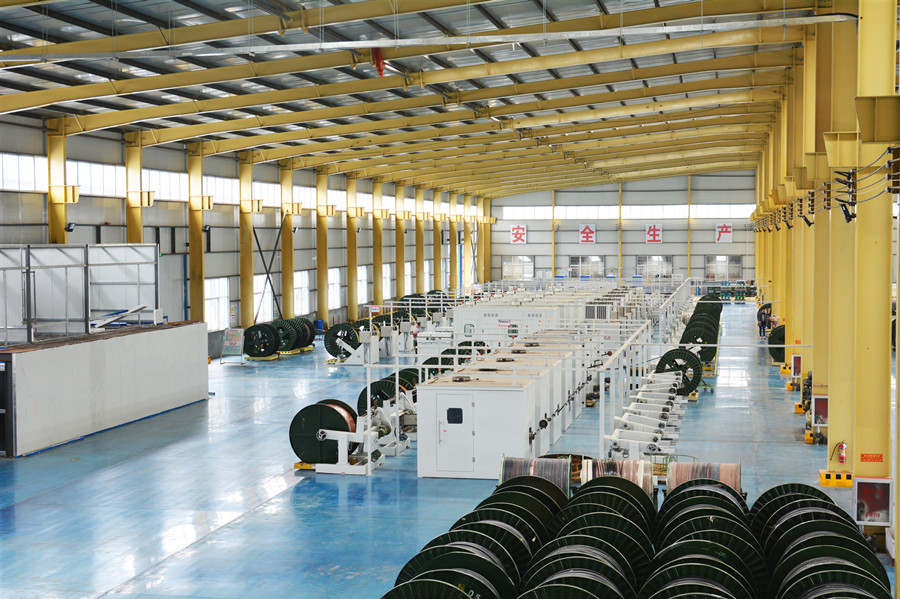335345435
Sep . 25, 2024 08:03 Back to list
Exploring Various Types of Hydraulic Hose Fittings for Optimal Performance
Different Types of Hydraulic Hose Fittings
Hydraulic hose fittings are crucial components in hydraulic systems, serving as the connection points between hoses and various fluid circuit components including pumps, actuators, and valves. The right fitting not only ensures effective fluid transfer but also plays a vital role in maintaining system pressure and preventing leaks. Here, we will explore the different types of hydraulic hose fittings commonly used in various applications.
1. NPT Fittings National Pipe Thread (NPT) fittings are used widely due to their ability to create a tight seal through thread engagement. These fittings are primarily used in plumbing and hydraulic systems where fluid is transported under pressure. The tapered design of NPT fittings allows for a leak-proof connection when properly installed.
2. BSP Fittings British Standard Pipe (BSP) fittings are similar to NPT but differ in their thread angle and size. BSP fittings can be found in both parallel (BSPP) and tapered (BSPT) versions, making them versatile for different applications. They are commonly used in hydraulic systems within the UK and Europe.
3. JIC Fittings Joint Industry Council (JIC) fittings are characterized by a 37-degree flare, which allows for a strong, leak-proof connection. They are commonly used in high-pressure hydraulic applications and are compatible with a wide variety of hoses and piping systems. Their robust design makes them ideal for harsh working environments.
different types of hydraulic hose fittings

4. SAE Fittings Society of Automotive Engineers (SAE) fittings are often used in automotive and industrial applications. These fittings come in various styles, including straight, elbow, and tee configurations, allowing for flexible design choices. SAE fittings typically use a flare seal, which is effective for high-pressure scenarios.
5. Metric Fittings As globalization increases, metric fittings are becoming more common. These fittings come in various thread sizes and configurations, matching the specifications often required in European equipment. Their standardization allows for easy compatibility with a range of hydraulic components.
6. Quick Disconnect Fittings Ideal for applications requiring frequent connection and disconnection, quick disconnect fittings enable swift changes without the need for tools. These fittings come in various designs but generally use a ball-lock mechanism to ensure a secure connection under pressure.
In conclusion, selecting the right hydraulic hose fitting is essential for the efficient and safe operation of hydraulic systems. Understanding the various types available—including NPT, BSP, JIC, SAE, metric, and quick disconnect fittings—will allow engineers and technicians to make informed choices that enhance system performance and longevity. Proper installation and maintenance of these fittings will significantly reduce the risk of leaks and system failures.
-
SAE 100 R17 Black Smooth Cover Hydraulic Hose
NewsMar.07,2025
-
SAE 100 R17 Black Smooth Cover Hydraulic Hose
NewsMar.07,2025
-
SAE 100 R17 Black Smooth Cover Hydraulic Hose
NewsMar.07,2025
-
SAE 100 R17 Black Smooth Cover Hydraulic Hose
NewsMar.07,2025
-
SAE 100 R17 Black Smooth Cover Hydraulic Hose
NewsMar.07,2025
-
steel wire braided hydraulic hose
NewsMar.07,2025



